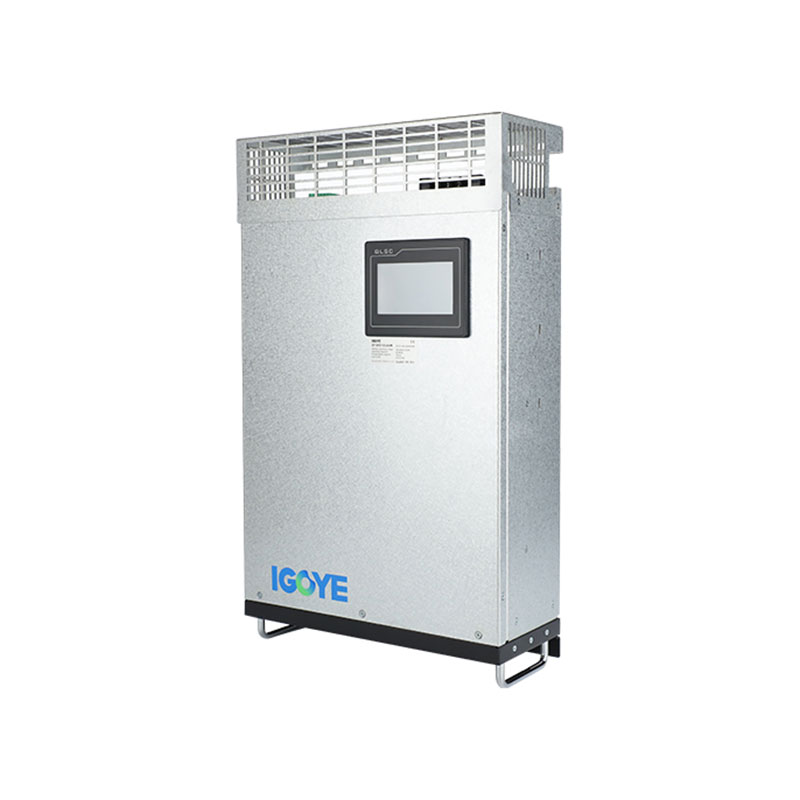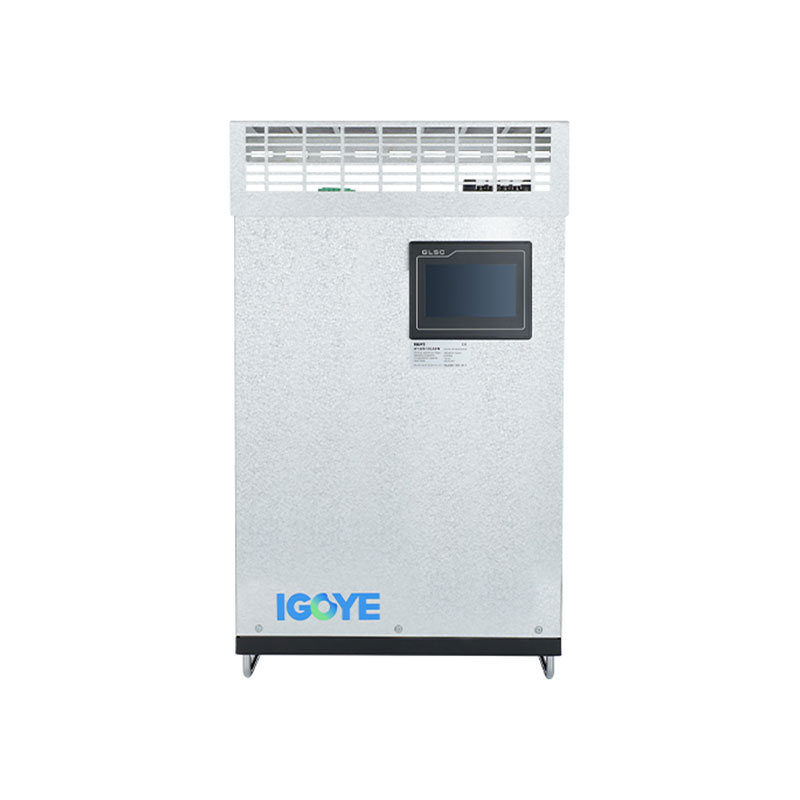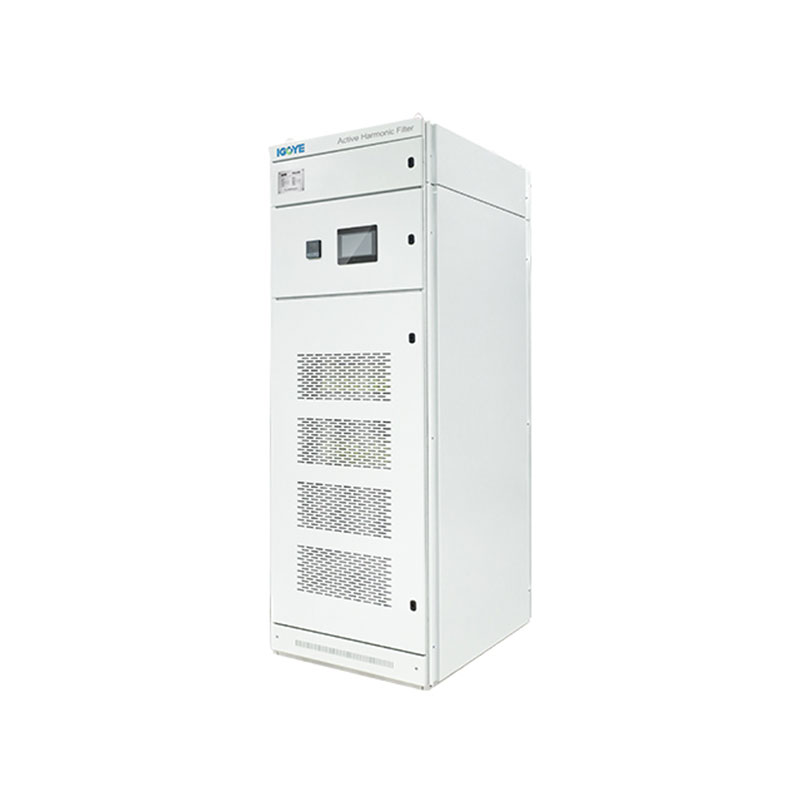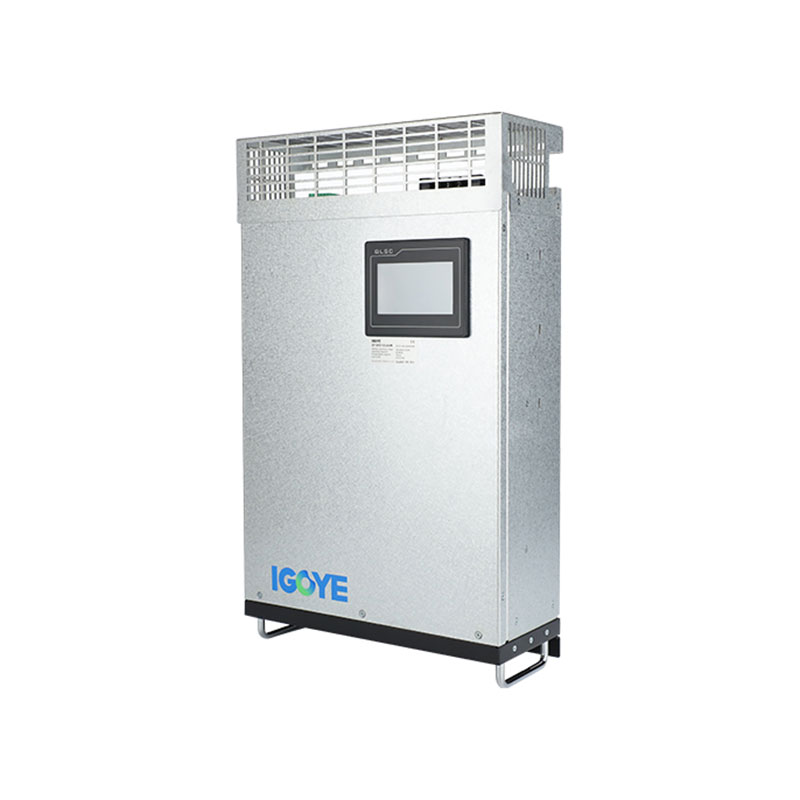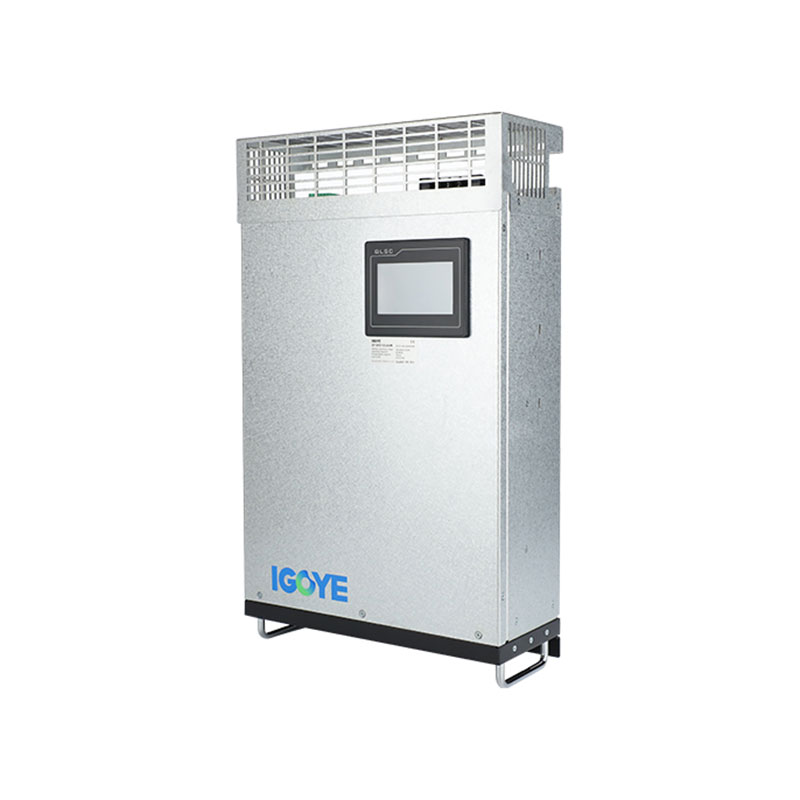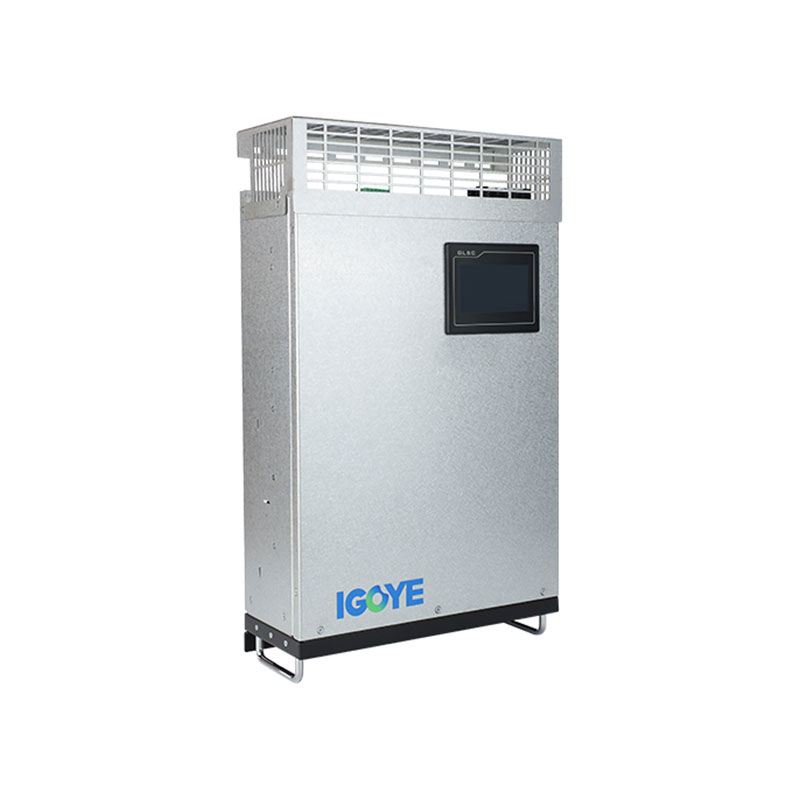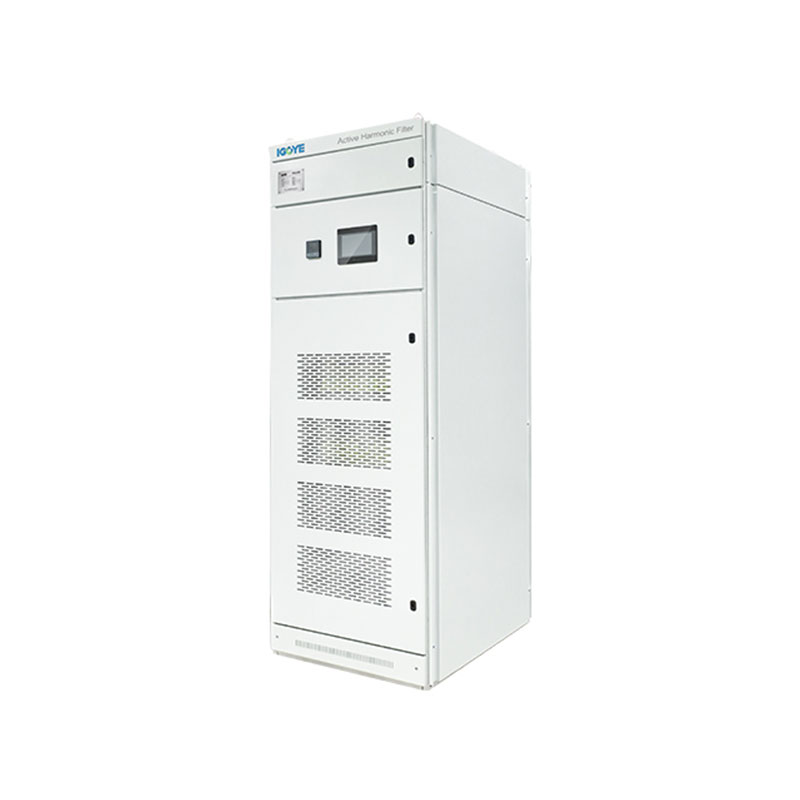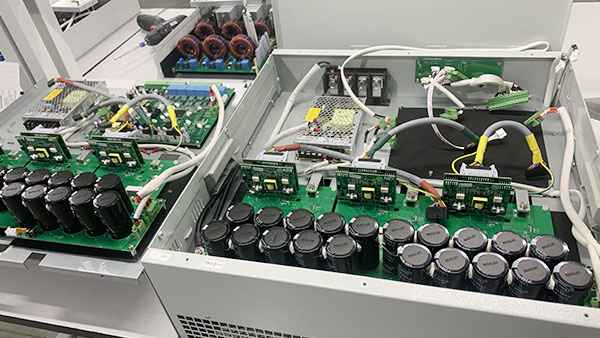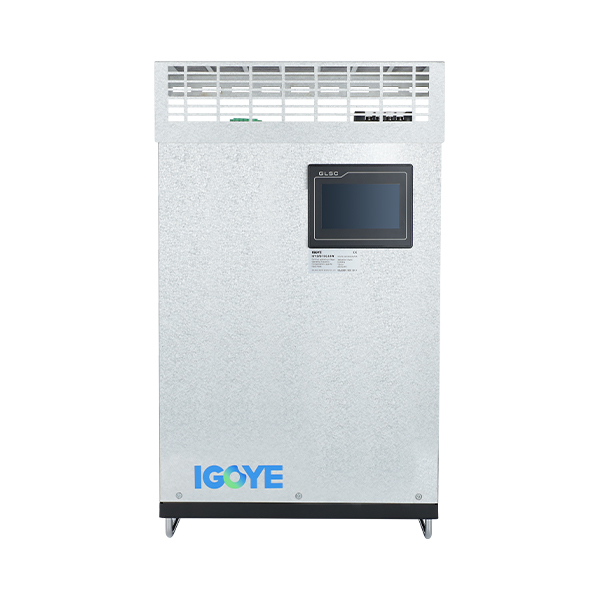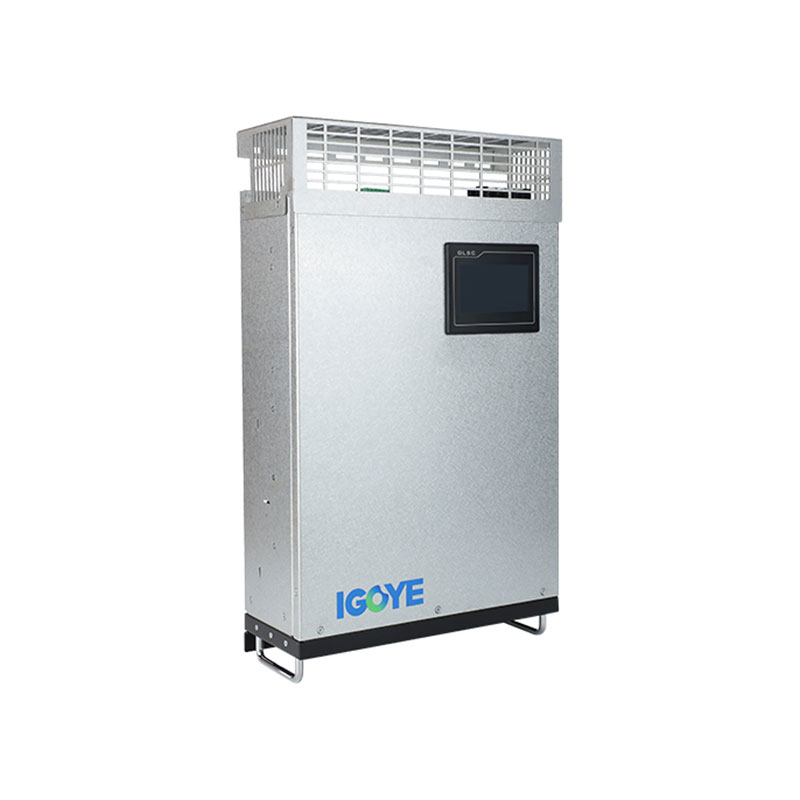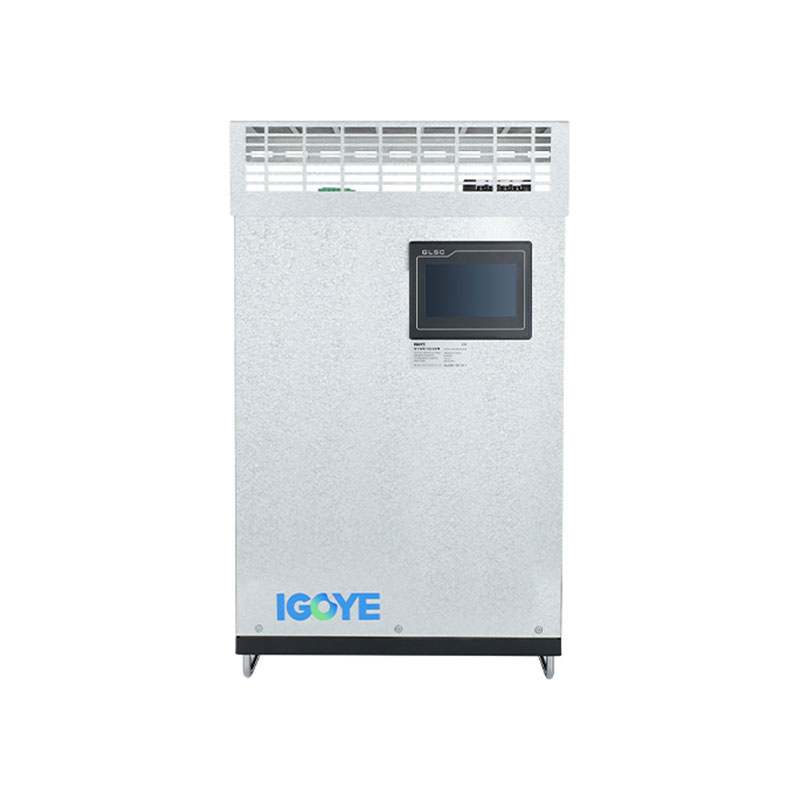Harmonic Phenomena in Electrical Systems: Causes, Effects, and Risks
Harmonics are a critical yet often overlooked phenomenon in electrical systems. They represent distortions of the ideal sinusoidal waveform of voltage or current, occurring at frequencies that are integer multiples of the fundamental frequency (e.g., 50 Hz or 60 Hz). While harmonics are inherent in modern power systems, their uncontrolled presence can lead to severe operational and financial consequences. This article will explore their causes, effects, and risks.
What causes harmonics?
Harmonics primarily originate from nonlinear loads—devices where the current does not align with the sinusoidal voltage waveform. Common examples include:
Variable frequency drives (VFDs) in industrial motors, switch-mode power supplies (e.g., computers, servers, LED lighting), renewable energy inverters (solar/wind systems), uninterruptible power supplies (UPS), and electric vehicle charging stations. These loads disrupt the smooth flow of current, producing distorted waveforms. For example, a VFD may draw current in short pulses rather than a continuous sine wave, resulting in harmonics such as the 3rd (150 Hz), 5th (250 Hz), or 7th (350 Hz) harmonics.
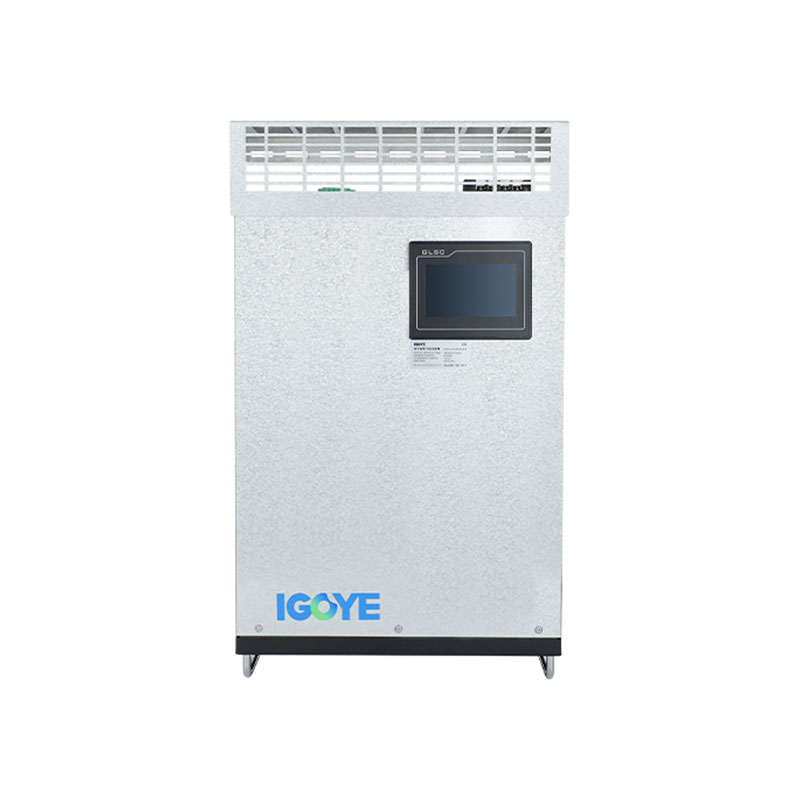
What are the effects of harmonics?
Harmonics degrade power quality and impose significant hidden costs on the power infrastructure:
Harmonics cause energy losses and increased costs. For example, fifth-order harmonic currents may result in up to 15% additional energy waste in distribution systems (U.S. Department of Energy research). This inefficiency can lead to higher electricity bills.
It can cause equipment damage and reduced lifespan, as harmonic currents generate eddy currents and hysteresis losses, leading to overheating. Transformers operating in high-harmonic environments may fail 30–50% faster than their rated lifespan. Additionally, harmonics may cause resonance, leading to capacitor overload and potential explosions or fires. Furthermore, in three-phase systems, third-order harmonics (3rd, 9th, etc.) accumulate on the neutral line, potentially causing it to overheat.
Harmonics may also cause operational disruptions, particularly in sensitive equipment such as medical devices, laboratory instruments, or data center servers that rely on clean power. Voltage distortion caused by harmonics may result in equipment failure, data corruption, or unplanned downtime.
Compliance and safety risks associated with harmonics are also critical. Exceeding harmonic limits specified in standards such as IEEE 519-2022 may result in regulatory fines. Additionally, equipment overheating can create fire hazards and safety risks.
As a professional manufacturer and supplier, we provide high-quality products. If you are interested in our products or have any questions, please feel free to contact us.
- Benefits of Using Active Harmonic Filters
- Why Is an Advanced Static Var Generator Becoming Essential for Modern Power Systems?
- Why did a cabinet-type active harmonic filter change the way my plant handles power quality?
- What makes a wall-mounted static var generator the smart fix for unstable power?
- Can Your Facility Meet Strict Grid Regulations with a Cabinet-Type Static Var Generator
- Does a Rack Mount Active Harmonic Filter Protect Against Transformer Damage


